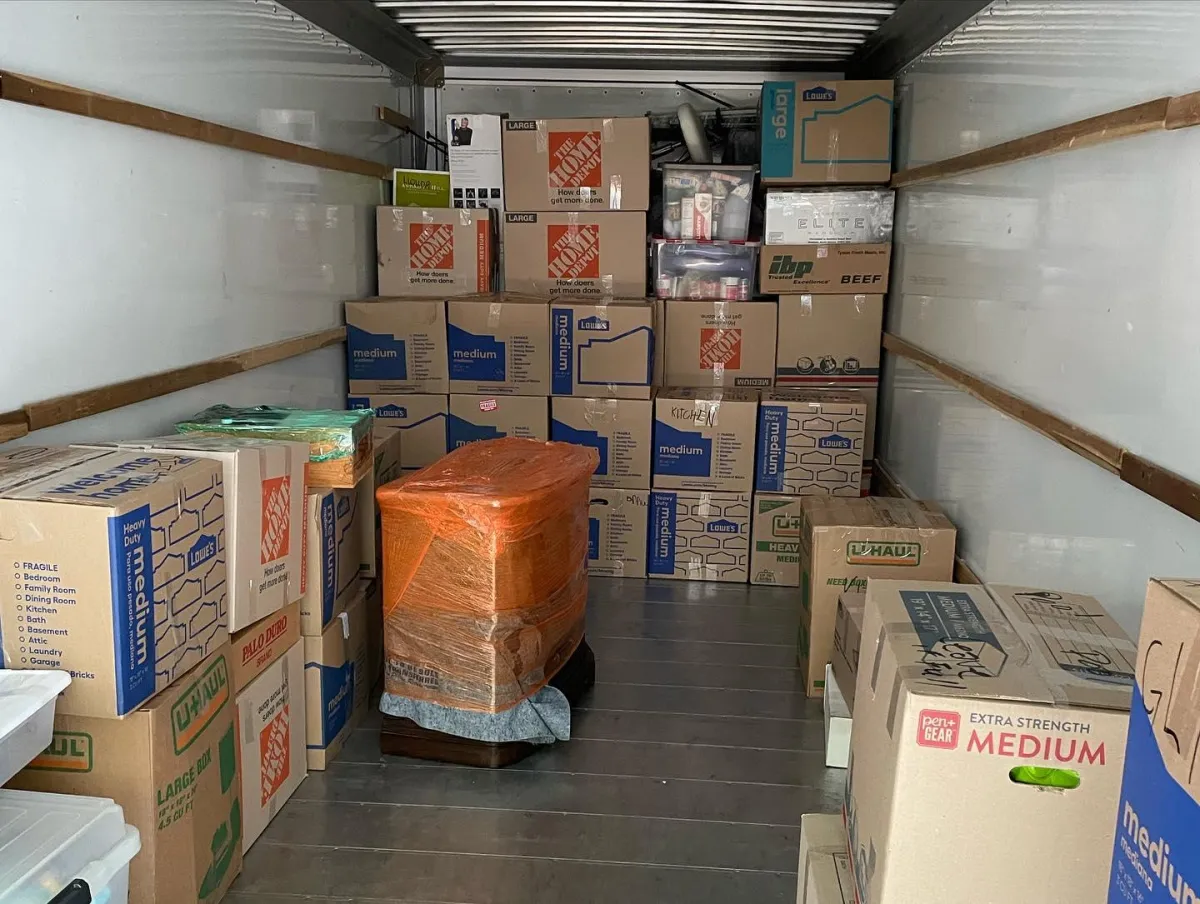
Office Relocations in Gravois Mills: Strategies to Minimize Downtime
Introduction
Relocating an office can be an exciting step for a business, whether it’s to expand, modernize, or improve access for clients and employees. But with the excitement comes a major concern: downtime. Every hour your business isn’t running smoothly can mean lost productivity and revenue.
For companies in Gravois Mills and the Lake of the Ozarks area, minimizing disruption is critical during a move. This guide outlines strategies to reduce downtime during office relocations, so your team can transition quickly and efficiently.
Why Office Relocations Create Downtime Risks
Unlike a home move, an office move impacts employees, customers, and daily operations all at once. Here are some of the main risks to productivity during relocation:
Disconnecting and reconnecting IT systems
Transporting sensitive equipment and documents
Reorganizing workspaces for employees
Adjusting to a new location and layout
Time lost during physical moving and setup
Recognizing these challenges makes it easier to create a strategy that protects your business during the transition.
Key Strategies to Minimize Downtime
Plan Early and Communicate Clearly
Successful office moves begin months in advance. Start by forming a relocation team or appointing a project manager. Communicate timelines, responsibilities, and expectations to employees to reduce confusion.
Work With Professional Movers
Hiring experienced movers ensures office furniture, electronics, and sensitive files are transported efficiently. Professionals understand how to disassemble and reassemble desks, cubicles, and conference setups, reducing time spent on setup.
Schedule Moves Outside Business Hours
If possible, plan your move for evenings, weekends, or holidays. This allows your team to stay productive during the week and return to a nearly finished setup.
Back Up and Secure Data
Before disconnecting computers and servers, ensure all data is backed up. Cloud storage and offsite backups protect your business information in case of unexpected damage or delays.
Use a Phased Moving Approach
Instead of moving everything at once, transition departments or teams in phases. This allows parts of your business to remain operational while others are relocated.
Prepare the New Location in Advance
Ensure utilities, internet, and phone systems are ready before moving in. Having IT infrastructure tested and live reduces delays in getting employees back to work.
Label and Organize Equipment
Label furniture, boxes, and tech equipment by department or employee. This makes unpacking and setting up more efficient, saving hours of time.
Tips for Managing Employees During a Move
Employees are at the heart of your business, and a move can disrupt their routines. To minimize the impact, keep these tips in mind:
Provide clear instructions for packing personal items.
Offer remote work options during the move if possible.
Encourage feedback and keep communication open about concerns.
Create a welcome plan at the new office to help staff adjust quickly.
FAQs About Office Relocations
How long does an office relocation usually take?
Most small to mid-sized offices can be relocated in one weekend if planned properly, while larger companies may take longer.
Should we move IT equipment ourselves or hire specialists?
Hiring professionals is recommended. IT specialists ensure servers, computers, and phones are disconnected, transported, and reconnected correctly.
How do we minimize disruption for clients?
Communicate the move to clients ahead of time, set up call forwarding, and schedule major tasks outside peak business hours.
What’s the most common mistake businesses make when moving offices?
Underestimating how long setup takes. Preparing infrastructure in advance and labeling everything prevents costly delays.
Can movers handle sensitive documents?
Yes, professional movers often provide secure methods for handling confidential files, but you may also consider digitizing or transporting them internally for added security.
Conclusion
Office relocations in Gravois Mills don’t have to mean long periods of downtime. With early planning, professional moving support, and strong communication, your business can transition smoothly while keeping operations on track.
By focusing on preparation and efficiency, you’ll not only minimize disruption but also set your business up for success in its new location.